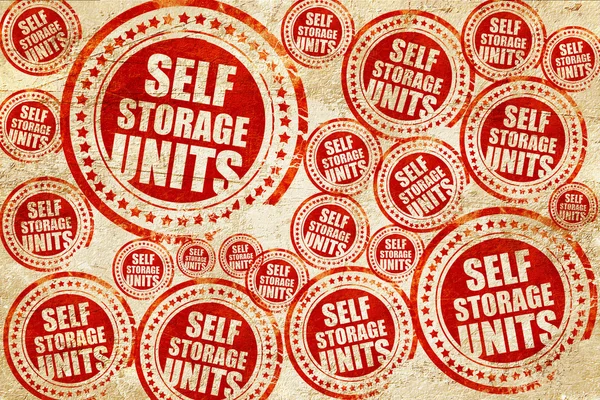
The primary goal of self-storage is to provide individuals, businesses, or organizations with a secure and convenient space to store their belongings or assets that they may not have adequate room for at their home, office, or premises. Here are several goals or purposes people aim to achieve through self-storage:
Additional Space: The most fundamental goal of self-storage is to offer extra space for storing items that individuals or businesses may not have room for in their homes or offices. This includes furniture, seasonal items, inventory, equipment, or personal belongings.
Temporary Storage: Self-storage is often used for temporary storage during transitional periods such as moving, remodeling, downsizing, or when in-between locations. It provides a secure place to keep belongings during these transitional phases.
Organization and Decluttering: Self-storage helps individuals declutter their living or working spaces by storing items they don’t need immediate access to. This can help create a more organized and functional environment.
Protection and Security: Self-storage facilities offer security measures such as surveillance cameras, gated access, individual locks, and sometimes climate-controlled units. The goal is to ensure the safety and protection of stored items.
Flexibility and Accessibility: Self-storage units provide flexibility in terms of access. Renters can access their stored items as needed, often with extended access hours or even 24/7 availability, providing convenience and accessibility.
Business and Inventory Management: Businesses often use self-storage to store excess inventory, documents, equipment, or tools. It helps free up office or retail space while maintaining easy access to these items.
Ultimately, the goal of self-storage varies based on individual or business needs. Whether it’s creating additional space, preserving valuable items, facilitating transitions, or managing inventory, self-storage serves as a flexible solution to meet diverse storage needs.

Recent Comments